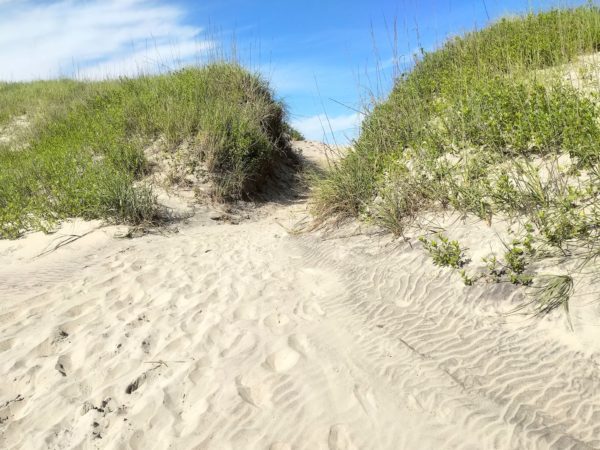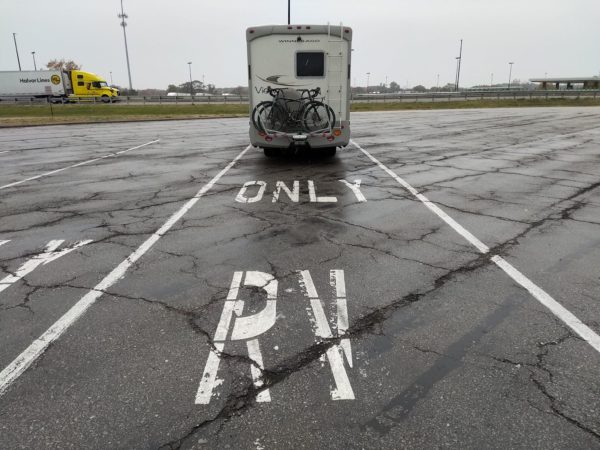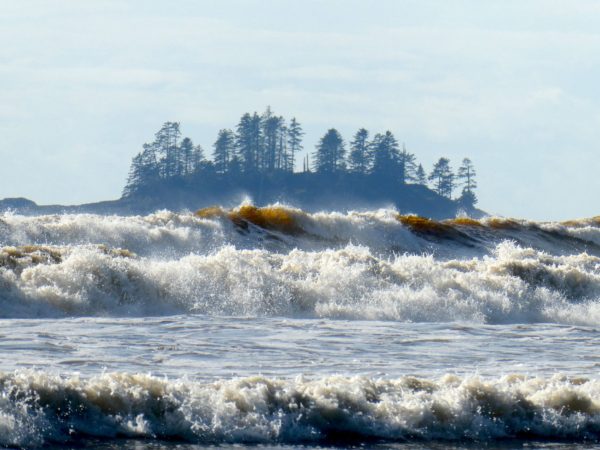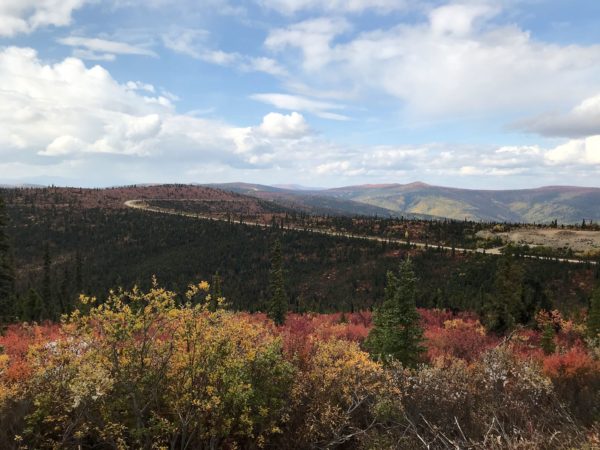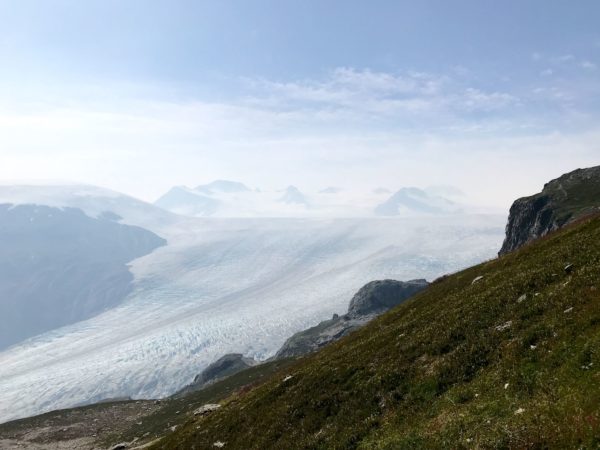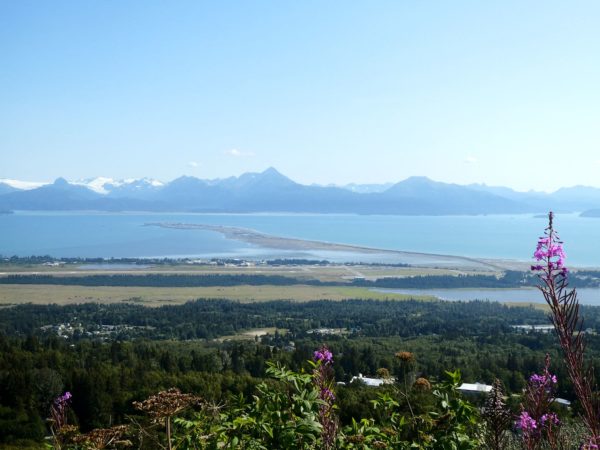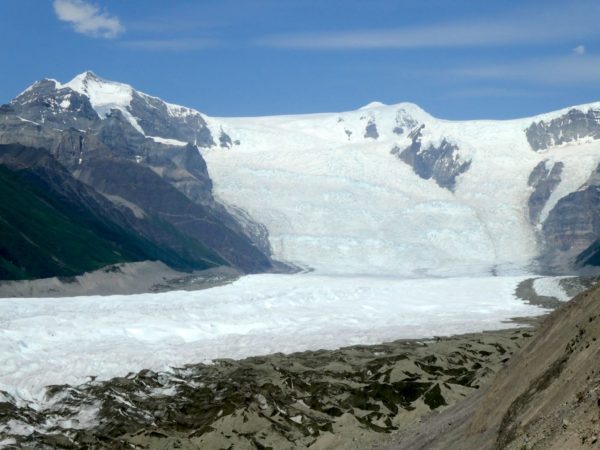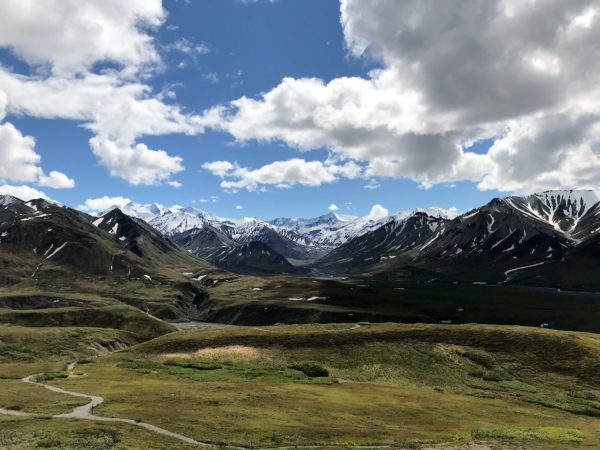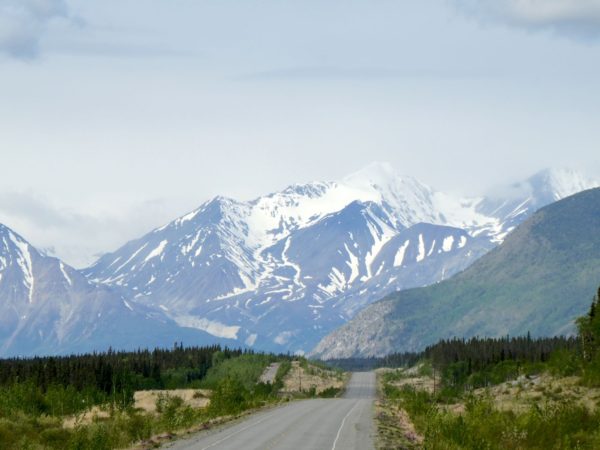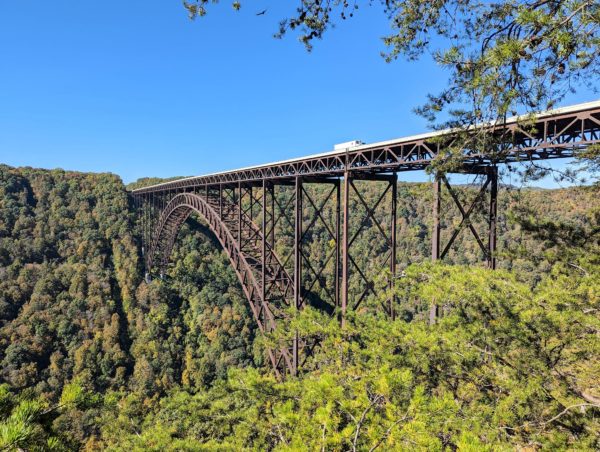
When we first decided to travel about in an RV back in 2015, the first thing we did was create a master electronic map where we’d put e-push pins everywhere we wanted to visit. It’s likely no surprise that among the first pins to make it to the map were the National Parks in the US and Canada. About a year ago, I read a NY Times article about the New River Gorge National Park in West Virginia. Hmmm… this isn’t on our map. How’d that happen? It turns out that although the New River has been a protected river (no dams/development) since 1978, it was re-designated as a National Park in 2020. We added a push pin.
Continue reading “New River Gorge National Park”
